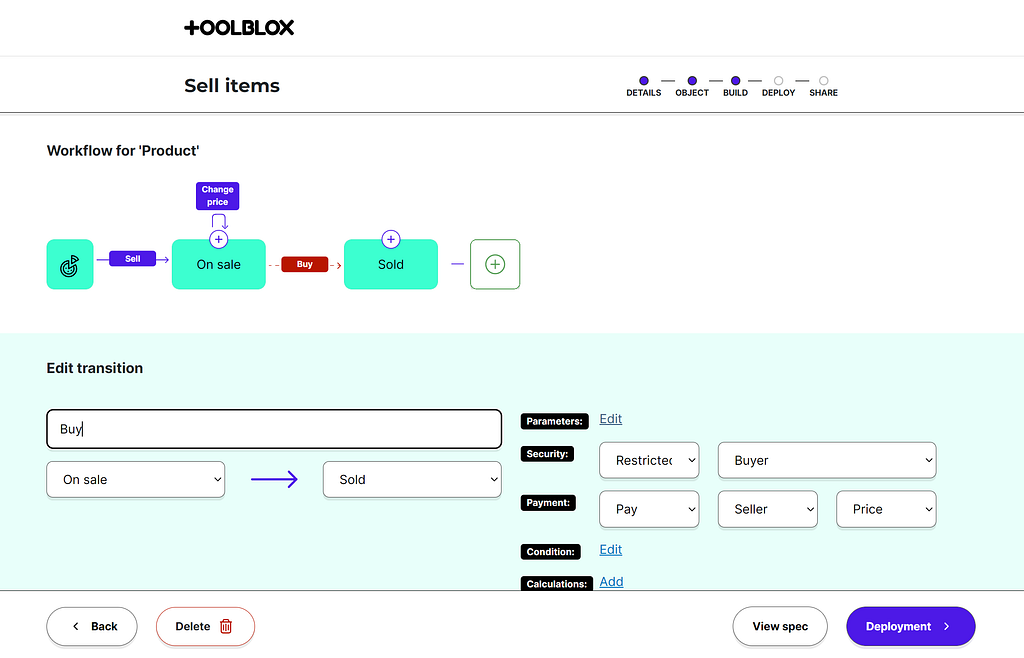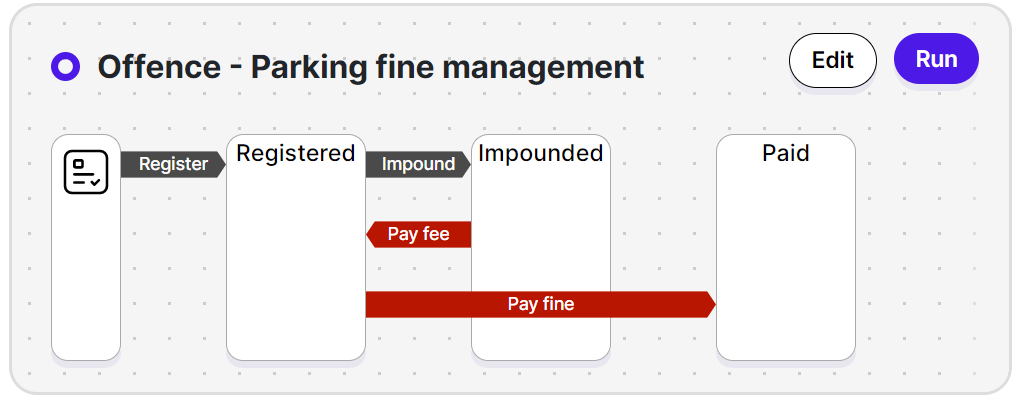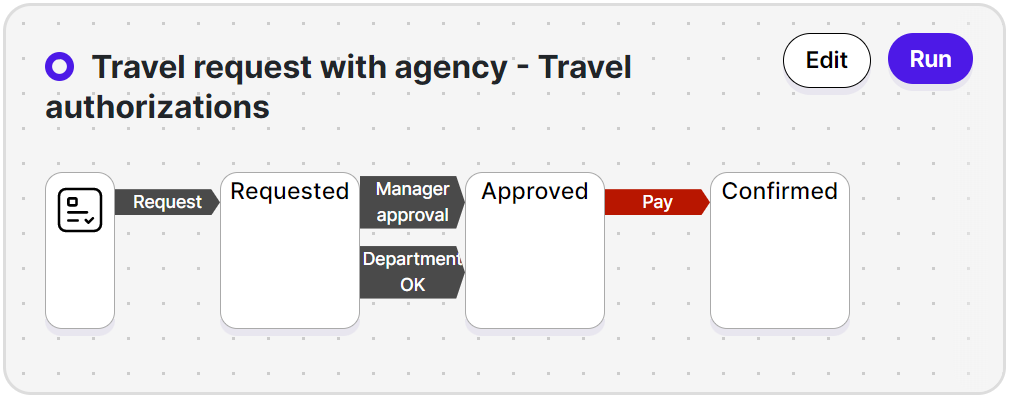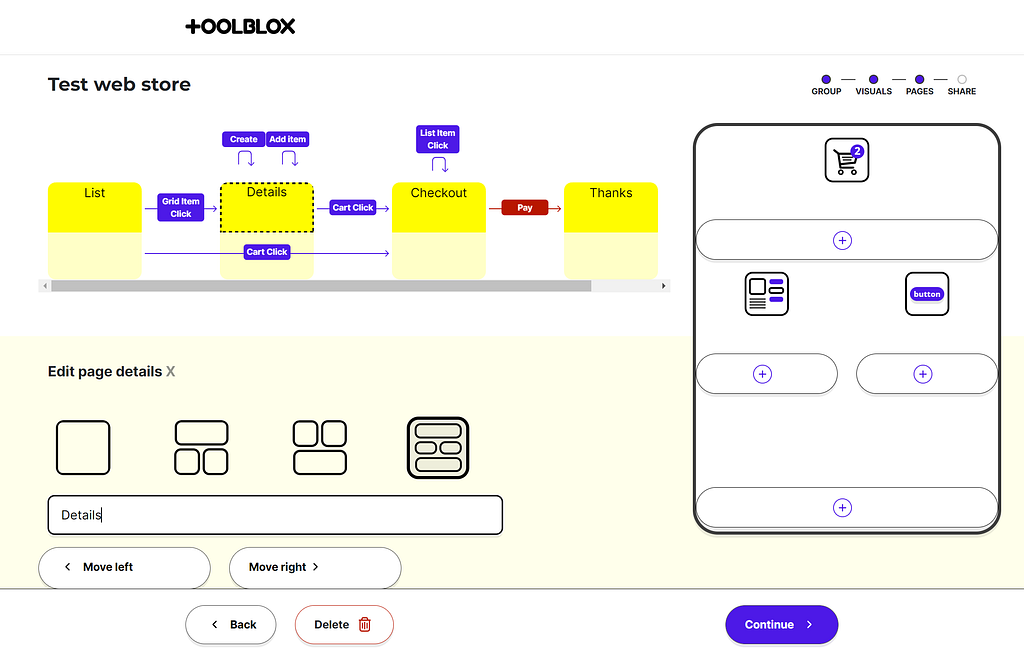Blog
 Fri, 23 Sep 2022 07:54:29 GMT by Silver / Toolblox
Fri, 23 Sep 2022 07:54:29 GMT by Silver / ToolbloxOne could say no-one is really using blockchain — yes, we have DeFi, and NFTs but for most people blockchain is not useful in their daily lives. Web3 is, for now, a buzzword unlike Web2 which offered value in the form of SaaS, e-commerce and social media. When we exclude trading-related activities (DeFi and NFTs) what actual tangible value is captured on chain, at scale? For one there are illegal activities such as scam, buying weapons, illegal services or drugs on sites like Silk Road — totaled to around 14$ billion last year (Crypto Crime Trends for 2022: Illicit Transaction Activity Reaches All-Time High in Value, All-Time Low in Share of All Cryptocurrency Activity — Chainalysis).
This is, on one hand the elephant in the room but it is highlighting an important aspect — real observable utility.
Blockchain as a technology provides three important pillars for business process digitalization: storage, logic and payments. It is thus an elegant and simpler approach compared to integrating hundreds of SaaS tools (Average number of SaaS apps used worldwide 2021 | Statista) or using complex business process modeling notation (BPMN) based tools. Furthermore, a blockchain-native approach unlocks the possibility to use already existing DeFi tools for asset collateralization, insurance, fractionalization etc.
With all these components and having demonstrated real utility over the years could we assume that more business processes can be put on-chain? If so, then we could start to bring the value of blockchain to every person and company on the planet and have Web3 live up to its hype. This is exactly what we set up to do with Toolblox: a no-code workflow and DApp builder able to turn any business process into a smart-contract. An example of a simple sales workflow in app.toolblox.net:

Web2 and silos
The stated downside of Web2 has been data silos — data fragmentation, walled gardens, etc. The end result is that users — people and businesses — have accounts with many SaaS providers which means they are duplicating their data.
What is not so obvious however are the business process silos. They are really the cause of data silos and are making it impossible to escape them. For example, it is considered normal that each business holds copies of the same information (documents, statements, orders, invoices or other business objects) and during business activities synchronize this information by importing and exporting it into email or using SaaS integration products such as Zapier. The invoice is the same, the parcel is the same, the product is the same — just different counterparty having ownership of the same object at different times. The process is segmented and inefficient. The full lifecycle consisting of many stakeholders is not captured anywhere.
Unleashing the business process
What we have found when digitalizing workflows with Toolblox is that when you put a business process on-chain, magic happens: a regular sync-based data flow (exchanging documents with partners, sending invoices to customers) becomes a deep conversion about shared valuables with payments baked in. A non-obvious and powerful effect.
Two reasons why it is natural to capture objects full lifecycle on blockchain:
- Data on blockchain acts as a single source of truth, is transparent and accessible to every party so it does not make much sense to design an alternative siloed storage next to it.
- Blockchain is neutral by nature which means that as a business you do not need to worry about inserting information into a partners information system (owned by an un-friendly rival).
I will give a few examples — all built using the Toolblox no-code workflow builder and deployed as smart-contracts.
Consider a flow about registering parking offences — we register the parking offence and the fine must be paid in the end, but the car might also be impounded during the workflow. These processes are interdependent and served by different businesses (the parking provider and the impound operator) but are sharing the same objects. A data-driven full lifecycle approach would look something like this:

Or let’s take a traditionally in-house flow of creating travel-requests in an enterprise. Travel requests are usually complex in terms of who-signs-what-when but they should not end with signatures but with the employee returning from the travel. Since blockchain naturally accepts payments, we can include the travel agency in order to pay the expenses and have them contribute with booking information expanding the workflow:

These are some examples, but you can imagine a supply chain digitalized throughout in its entirety with producers, shipping companies and distributors all providing and exchanging value. More examples can be found in our gallery, here List of flows (toolblox.net)
The user interface
There is another side to this — the user interface. Approach detailed above can be thought as data-first approach: we define an object, its states and state transitions. We also set relevant constraints — who owns the object at which junctions and can issue commands during that time. While these workflows try to capture the entire lifecycle of an object, users participating in them demand good user experience — something which makes sense considering their role or expertise. And this often times is a use-case which cuts through multiple workflows.
Add to this the fact that the user might be using a mobile phone, PC, a watch, car dashboard or some obscure sound-based device it gets even more complex. So how could we make these stateful flows which can take any shape and are deployed as smart-contract usable by their target audience?
In Toolblox we created an adaptive UI engine and a no-code DApp Builder which enables the user to define a group of workflows and then design a pageflow around it. It is worth noting that because the business process is well defined and encoded in smart-contracts beforehand, the DApp Builder can remain quite simple. It is merely an excercise of picking what the user cares about and laying it out according to the target device. For example this is how a traditional web-store would look like in the DApp Builder:

Business networks
But let’s go even further. When we connect business processes on blockchain we end up with a web of tightly connected nodes in the form of items, users and companies and edges in the form of smart-contract calls. This differs meaningfully from traditional business process automation which does not have network effects and mostly automates processes inside a company not across companies.
Toolblox aims to go beyond digitalization and drives to create business networks on blockchain in order to enable new business models and services. We do not know how deep the rabbit hole goes but you are welcome to follow us on our journey.
Br,
Silver
toolblox.net
Toolblox™ offers the flexibility traditionally found in custom development combined with the ease of no-code platforms.
Smart-contract templates, while seemingly convenient, often don't cater to all asset classes or jurisdictions, can stifle business process innovation, and become costly when adapting to specific needs due to re-audit requirements. Custom smart-contract development, on the other hand, is a lengthy and expensive process, requiring specialized skills, and the auditing phase is both costly and time-consuming.
Our smart contracts provide tailored solutions for specific assets, jurisdictions, or business nuances, all while being cost-effective to audit and easy to understand through visual workflows. This ensures you get a precise solution without the associated overheads or limitations.
Tokenization transforms traditional business protocols into self-executing smart contracts, streamlining operations and ensuring clarity.
- Efficiency in Operations: Self-executing contracts automate processes, speeding up operations like reconciliation, administration and settlement.
- Reduced Miscommunication: With every term and condition explicitly coded, there's less room for misunderstandings or disputes.
- Clarity in Business Protocols: Tokenized assets come with predefined rules and protocols, making business operations clearer and reducing ambiguities.
- Liquidity: Assets, even traditionally illiquid ones like art or real estate, become easily tradable, enhancing their accessibility.
- Fractional Ownership: Tokenization divides assets into smaller units, allowing more investors to partake in high-value asset ownership.
- Transparency: Every transaction is transparently recorded on the blockchain, ensuring verifiability by all stakeholders.
- Security: Blockchain's robustness safeguards tokenized assets, minimizing fraud risks.
- Global Market Access: Tokenized assets on Toolblox™ can be traded internationally, expanding market reach and opportunities.
- Supply Chain: Tokenize individual products for transparent tracking from manufacturing to sale.
- ESG Reporting: Ensure verifiable and trusted environmental, social, and governance data points.
- Financial Settlement: Streamline the trade and settlement of financial securities.
- Certified Credentials: Authenticate jewelry certificates, diplomas, and other achievements.
- NFT Marketplaces: Facilitate the creation, listing, and sale of unique digital art.
- DAO Governance: Automate company by-laws and decision-making within decentralized organizations.
- Asset Monetization: Tokenize real estate, land, or data sets for easy trading and verification.
- Ticketing Systems: Secure event ticket sales, verification, and anti-fraud measures.
- Insurance Operations: Simplify the insurance claim process, from filing to settlement.
- Document Timestamping: Verify the existence and integrity of documents with a secure timestamp.
- One-Time Smart Contracts: Create custom contracts for specific buy/sell/service agreements.
- Business Model Innovation: Develop new token-based business models for diverse industries.
- Smart Contract Auditing: Tokenize the auditing process, ensuring transparency and accountability in smart contract reviews.
- Proof of Physical Work Contracts: Manage contractor tasks, milestones, and handovers with tokenized contracts that verify completed work.
- Consultation Services: Tokenize consultation hours or packages, allowing clients to purchase and redeem services seamlessly.
- Subscription Services: Implement token-based subscriptions for content, software, or other services, ensuring automated renewals and access control.
Think of Toolblox™ as a hammer. We help you build your digital house (the smart-contract), but once it's built, the house stands on its own.
While we provide an auto-generated user interface and offer hosting solutions, the ownership and operation of the smart-contract and its data are entirely yours. This ensures seamless integration with any external system and guarantees robustness and adaptability for the future.
Integrating smart-contract workflows is straightforward with Toolblox™. While there are standard methods like using JavaScript web3 libraries, we offer a user-friendly DApp builder that allows you to embed smart contract actions directly into your solution.
Additionally, for those who prefer no-code platforms, we provide an open API and plugins, including compatibility with popular platforms like Bubble. This ensures a seamless integration tailored to your business needs.
Absolutely. Toolblox™ is primarily designed for no-code solution developers who understand business needs, are familiar with no-code tools, and aim to craft an MVP for a web3 solution.
However, we also cater to business owners and analysts with a feature that employs AI to generate visual workflows. This can then be handed over to technical teams for further refinement.
For those with a technical background, we offer advanced features like source code extraction and GitHub export, ensuring a comprehensive experience for teams of all sizes.
Cross-workflow calling is baked into the builder. This means that any workflow can call any other workflow.
No, we use AI to generate the workflow of an asset or service. We then compose the smart-contract out of standardised components without using any AI generation. This process (for which we have filed a patent for) offers predictability and dependability while allowing you to use AI generation to kick-off the development process. It also makes the smart-contract easier and more cost-effective to audit.

